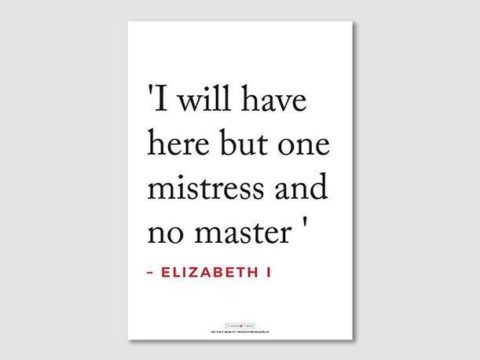Kenilworth Castle
Norman Keep to Elizabethan Pleasure Palace
Chapter 2 : Visiting the Castle
Kenilworth Castle is owned by English Heritage, so Members enter for free, and various other organisations have concession agreements, allowing reduced price or free entry, so do ask.
The Castle is not visible as you approach from the south, so it is not until you reach the entrance that you see the huge red sandstone pile on quite a prominent hill. The first area visible is the Earl of Leicester’s block, built by Elizabeth I’s favourite, Robert Dudley, Earl of Leicester, in the 1560 – 1570s. Leicester lavished a fortune on the Castle, partly in the hopes of wooing the Queen in it, but also to consolidate the Dudleys’ claims to the ancient Earldoms of Warwick and Leicester.
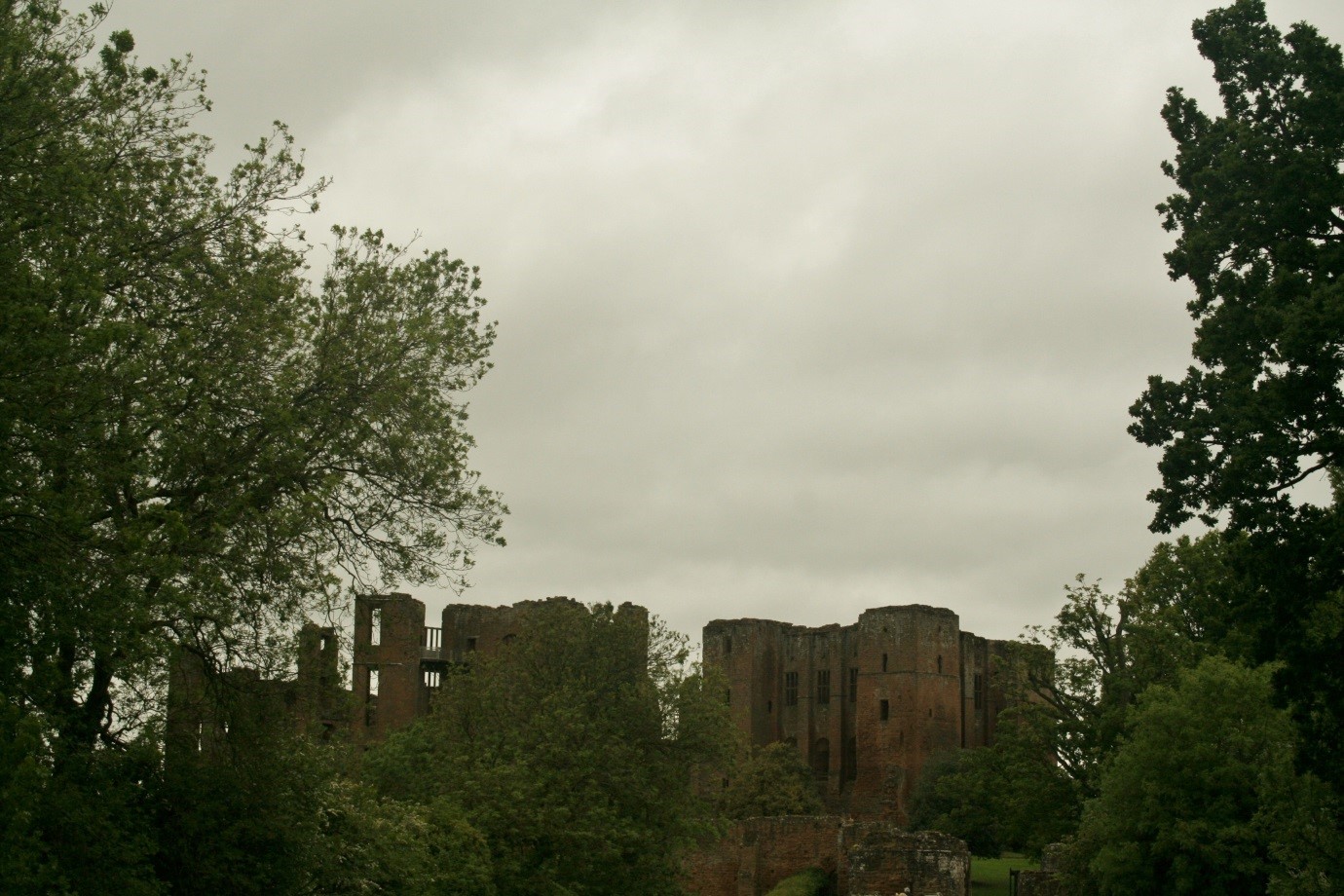
Although the Castle is a ruin, enough of the structure remains to give a very good impression of its colossal size, and what it was like in the three ages when it was prominent in history. The whole area is surrounded by a wall that was originally the perimeter of the bailey, built by King John, to surround the motte with the earlier Keep on its summit. Entering between the ruins of the twin towers, known as ‘Mortimer’s Tower’, you are in the ‘Base Court’ that is, the courtyard below the motte. The path down to the right leads to the 16th century stable block which is now the café, and the exhibition space. It is classic 16th century architecture – brick to the first storey, then timber, with wattle and daub infill.

The café offers the usual range of coffees, cakes, and ice-creams, as well as hot lunches. There is also an exhibition about the Castle’s history. Immediately next to this block are the remains of the Water Tower, built by Thomas, 2nd Earl of Lancaster in the early 1300s.
With your back to the café, you can look up the motte and see Leicester’s building to your left, mirrored by the Keep to the right. Between the two, further back, and thus forming a U-shape around the upper courtyard, is John of Gaunt’s block. Further to the right, is the Gatehouse, a three storey structure built by Leicester to welcome Queen Elizabeth in 1575. She would have entered through this Gatehouse from the Warwick road. The Gatehouse was enclosed and lived in for many years after the Castle was abandoned, and is fitted out with some of the original panelling and fireplaces from Leicester’s block.The rooms are furnished in the style of the seventeenth century, with a tester bed, a large trestle table in the downstairs hall.
The upper floors are given over to an exhibition about Elizabeth and Leicester, and her progress to Kenilworth in 1575.
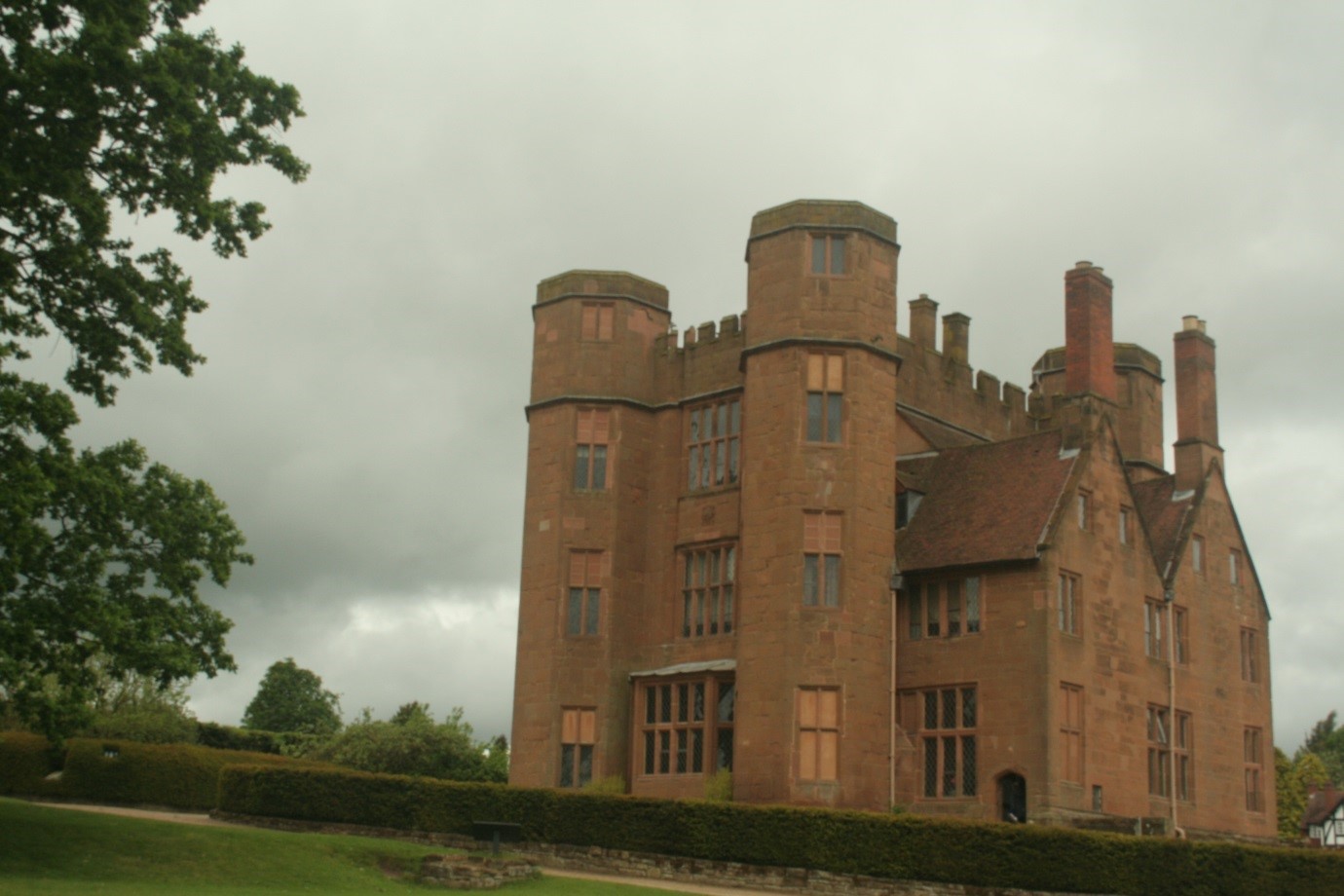
In front of the Gatehouse there is a delightful little parterre (and the loo).
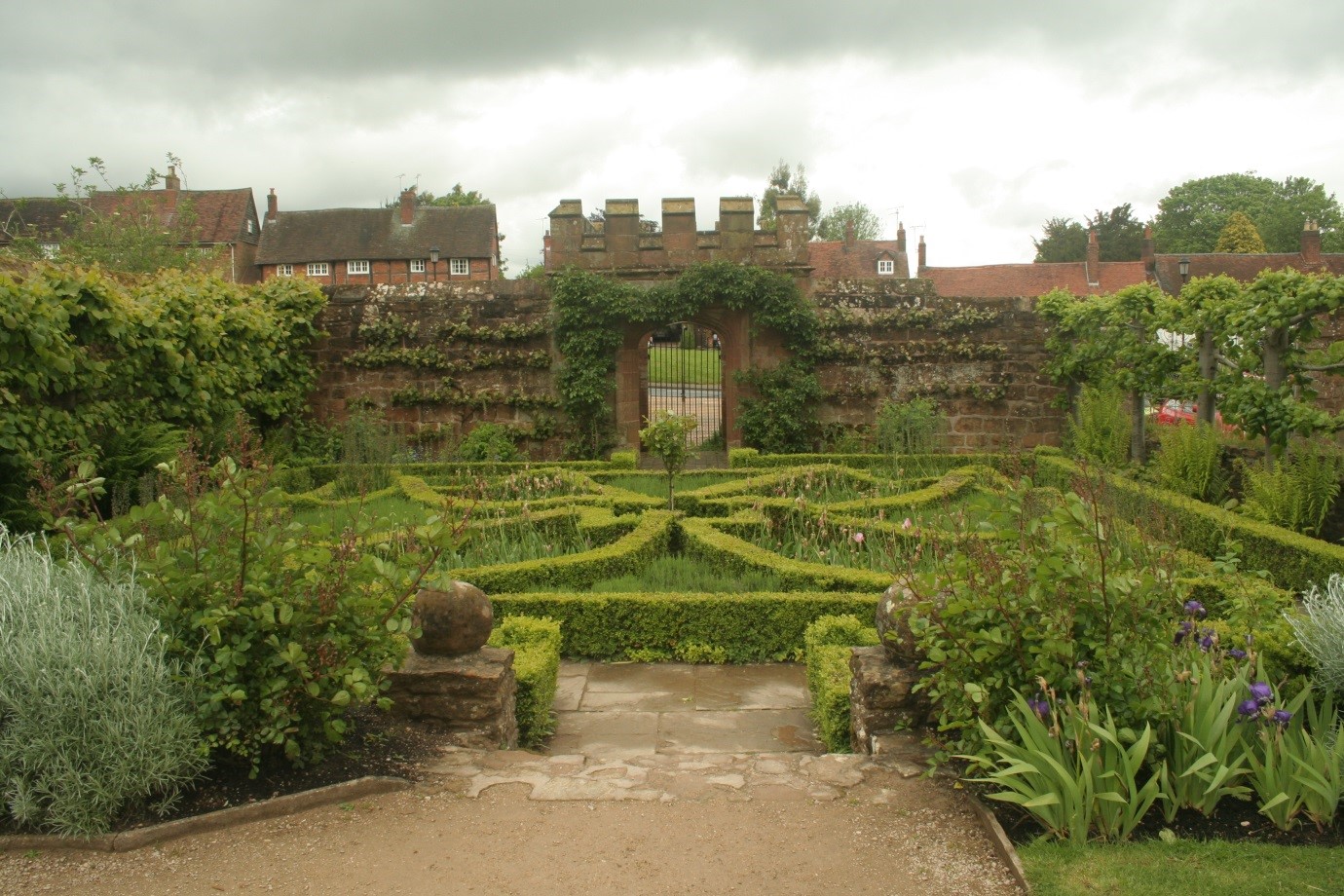
Walking back from the Gatehouse, you see the Castle as Elizabeth would have done, outlined starkly against the sky.
For the Queen’s visit in 1575, Leicester commissioned a new “privy” garden, where only the Queen, Leicester, and their favoured friends could walk. This garden has been restored, based on the exact descriptions recorded at the time, and is truly delightful sight – complete with an aviary. The garden is glorious – the full beauty only apparent when you look down from ramparts on John of Gaunt’s Great Hall. The attention to detail of the restoration is superb, and it is wonderful to feel you are seeing more or less what Elizabeth saw.
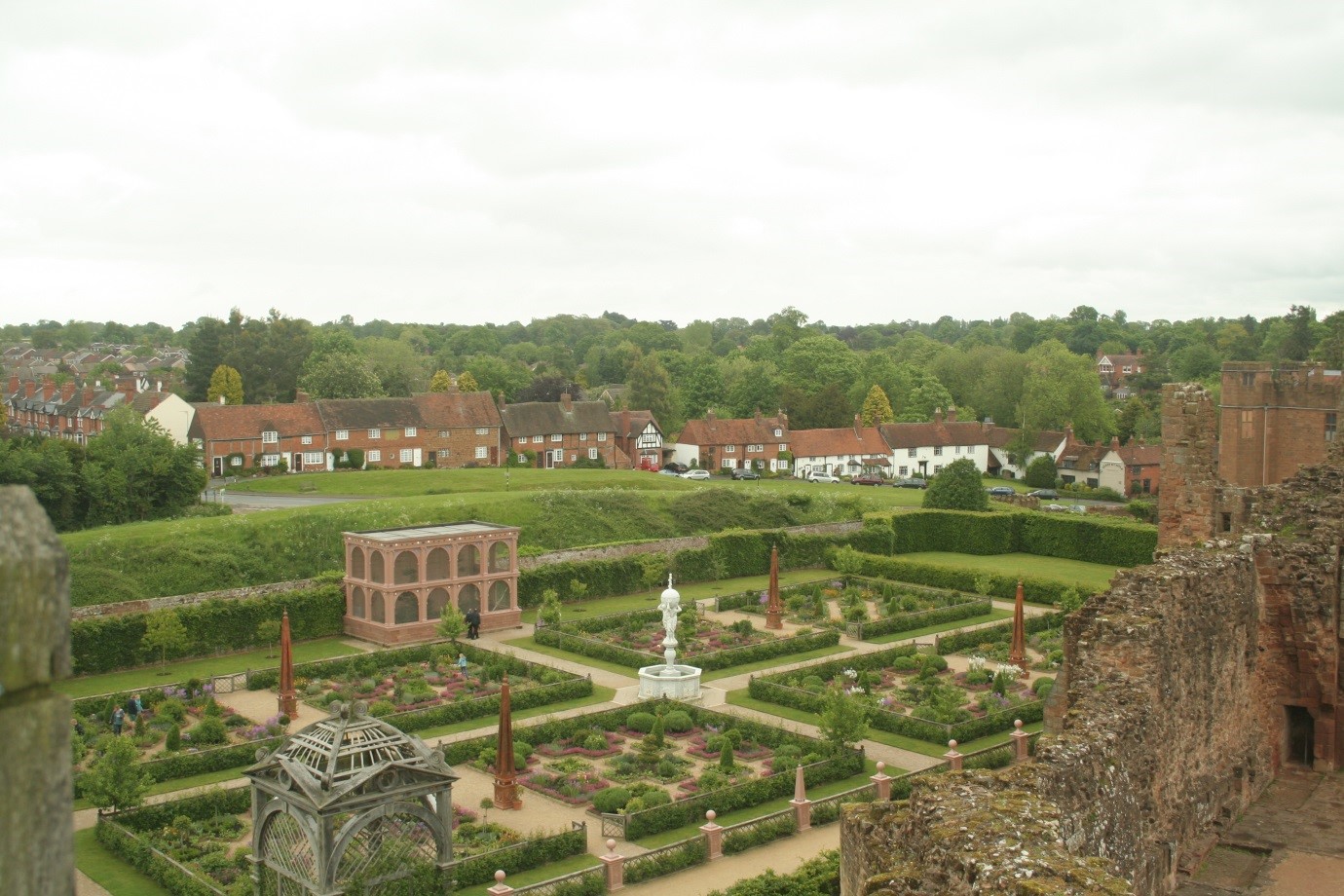
Looking back from the Aviary House, the imposing Keep towers above.
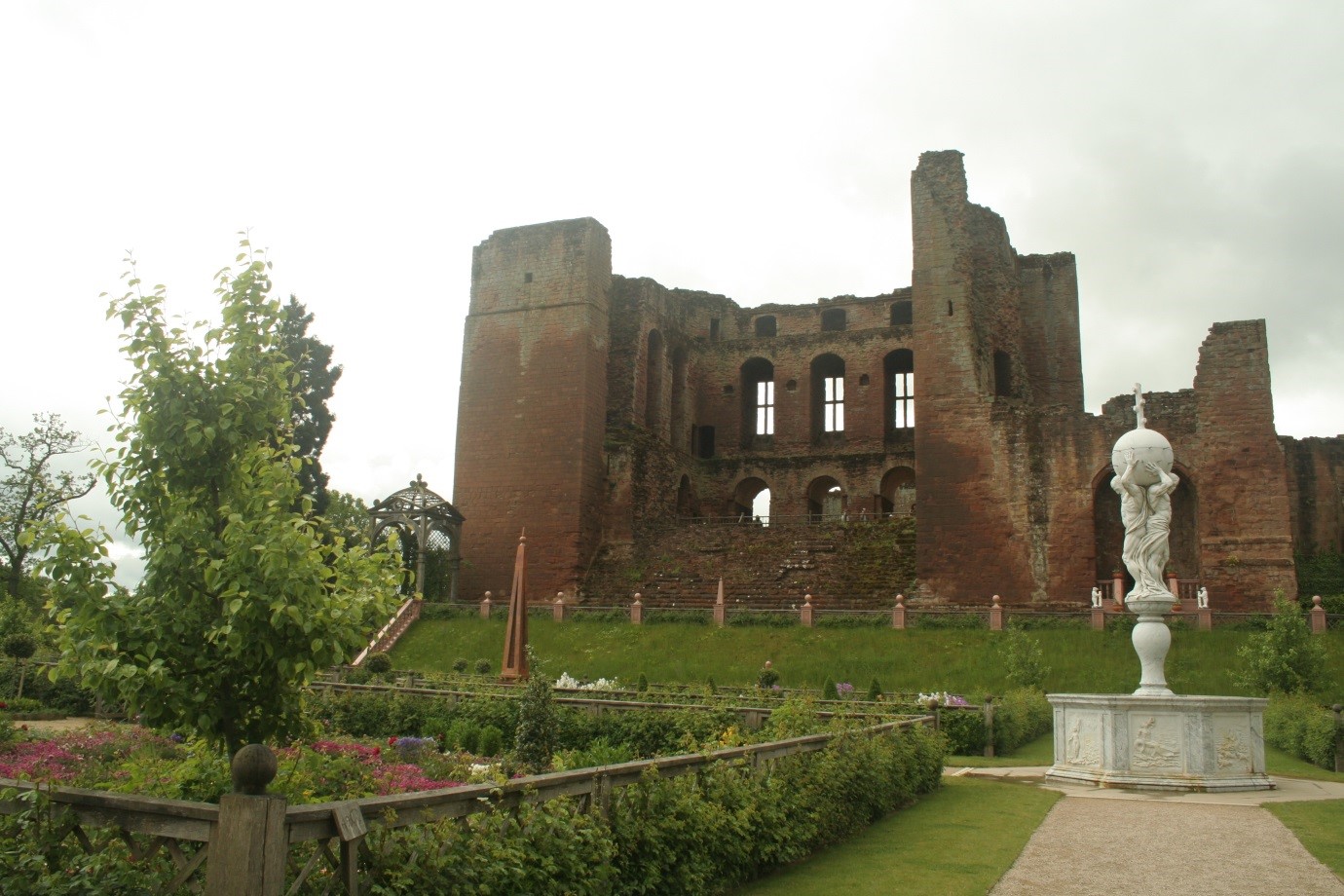
Very secure steps have been inserted into the open spaces between the walls, enabling visitors to climb right to the top of the various buildings and gain a view over the open countryside – apparently, it was a popular way to while away an hour in the sixteenth century – admiring your landholdings from on high! The original construction of the Castle involved the creation of a dam, at the confluence of the Finham and Inchford streams. This created a great lake, known as the Mere, which remained until the second half of the 17th century.
The Great Hall of John of Gaunt is worth spending some time in – multi-storeyed and with huge fireplaces. I was instantly transported back to that most vivid of all historical novels, ‘Katherine’ by Anya Seton, which tells of the love-story of John of Gaunt and Katherine Swynford, played out at Kenilworth in the 1370s.
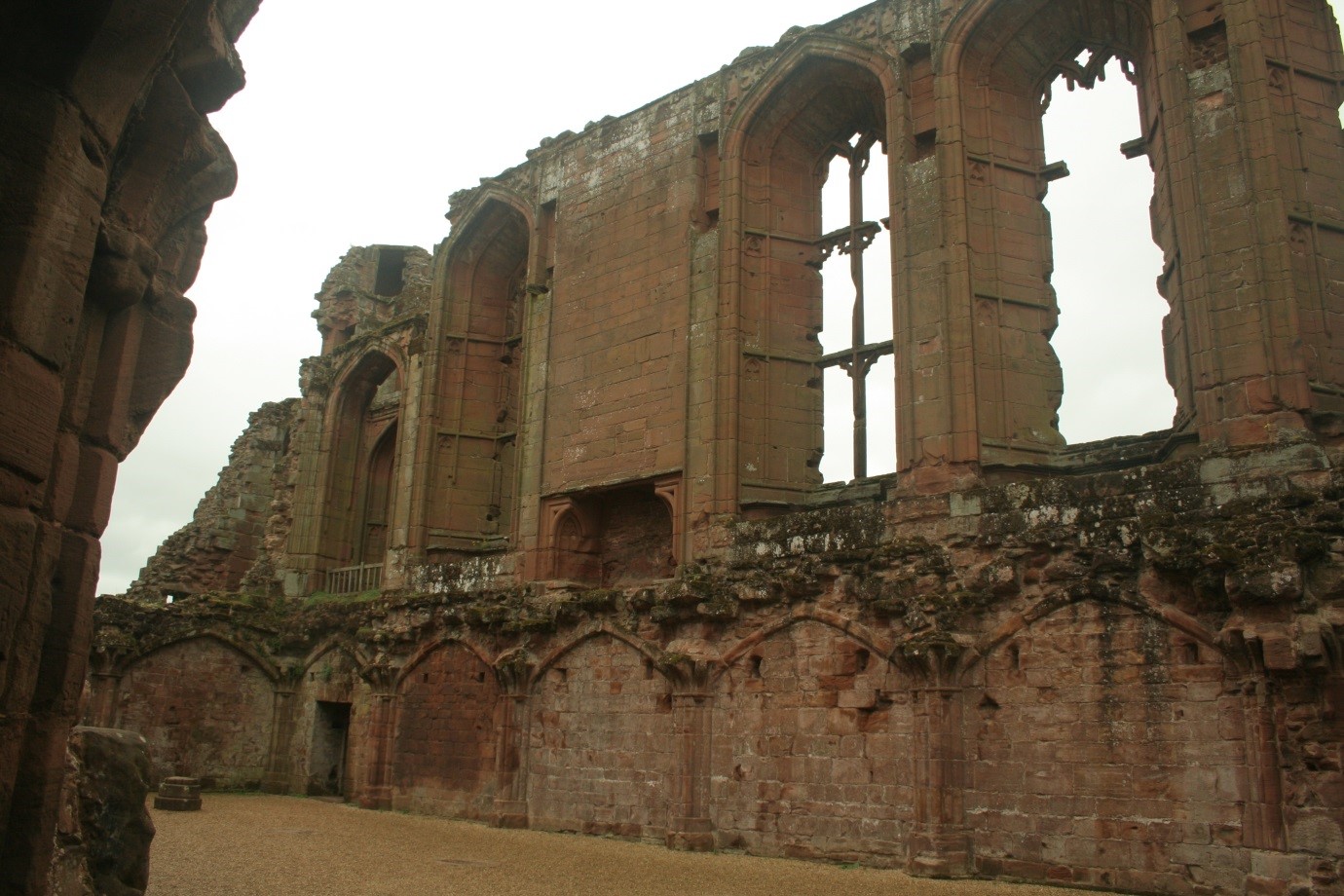
Allow a couple of hours to see everything and take stock of the sheer size of the Castle.
